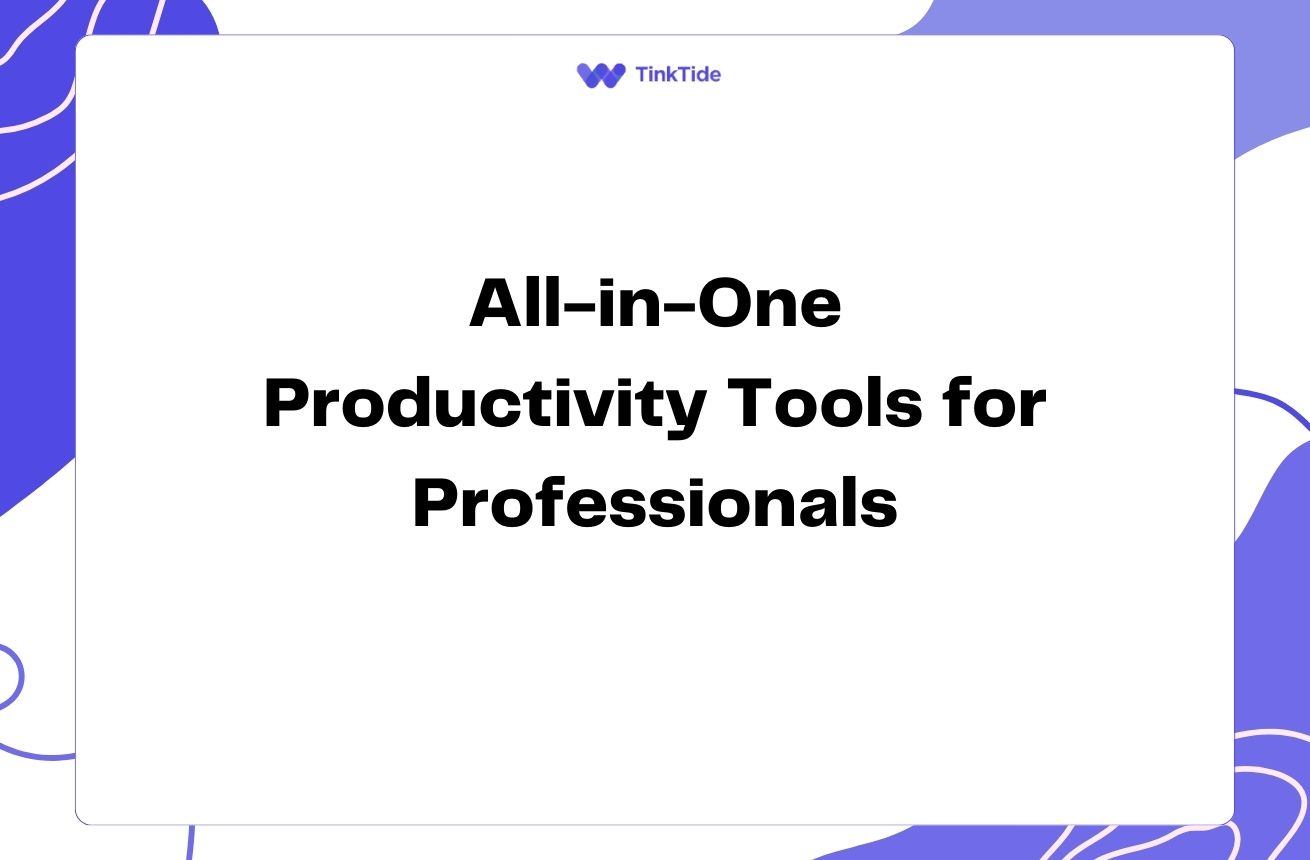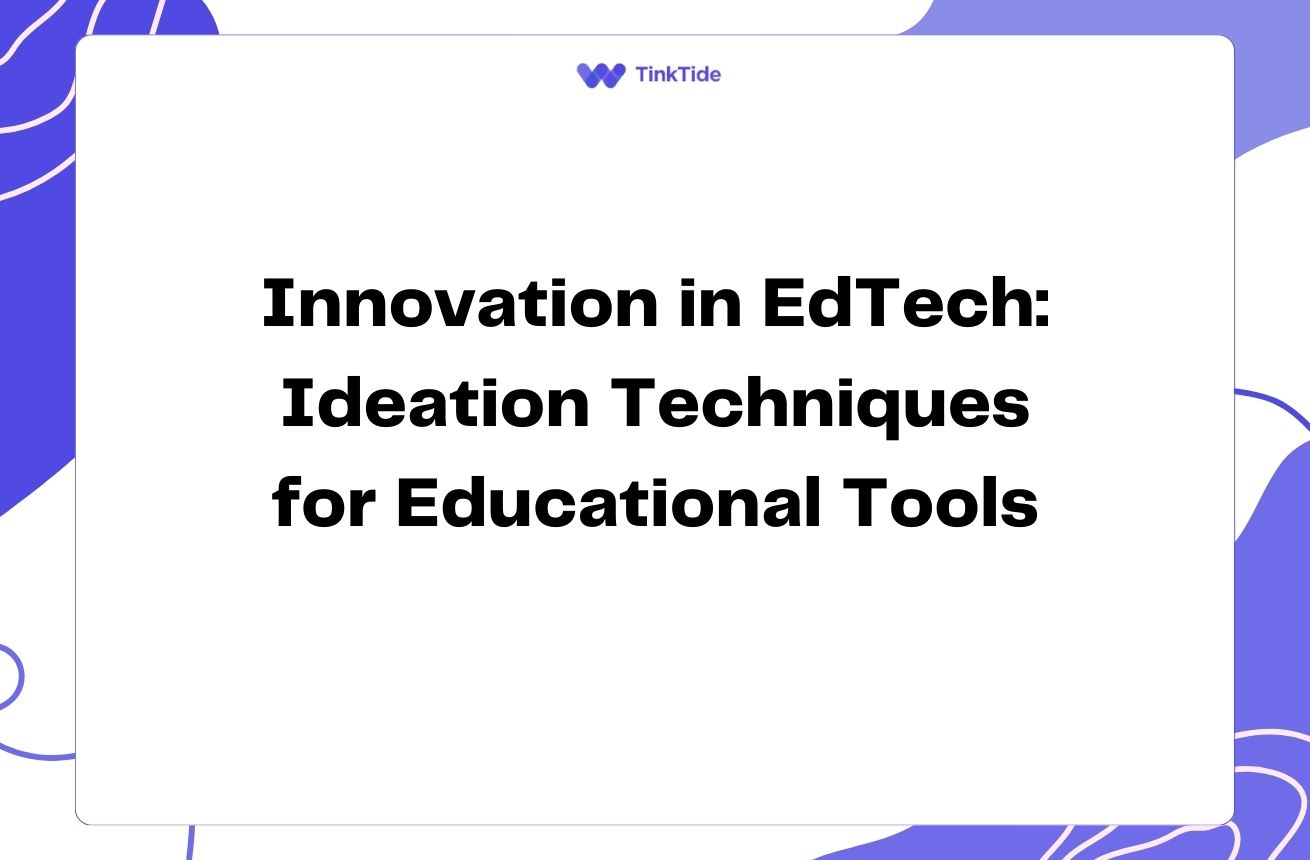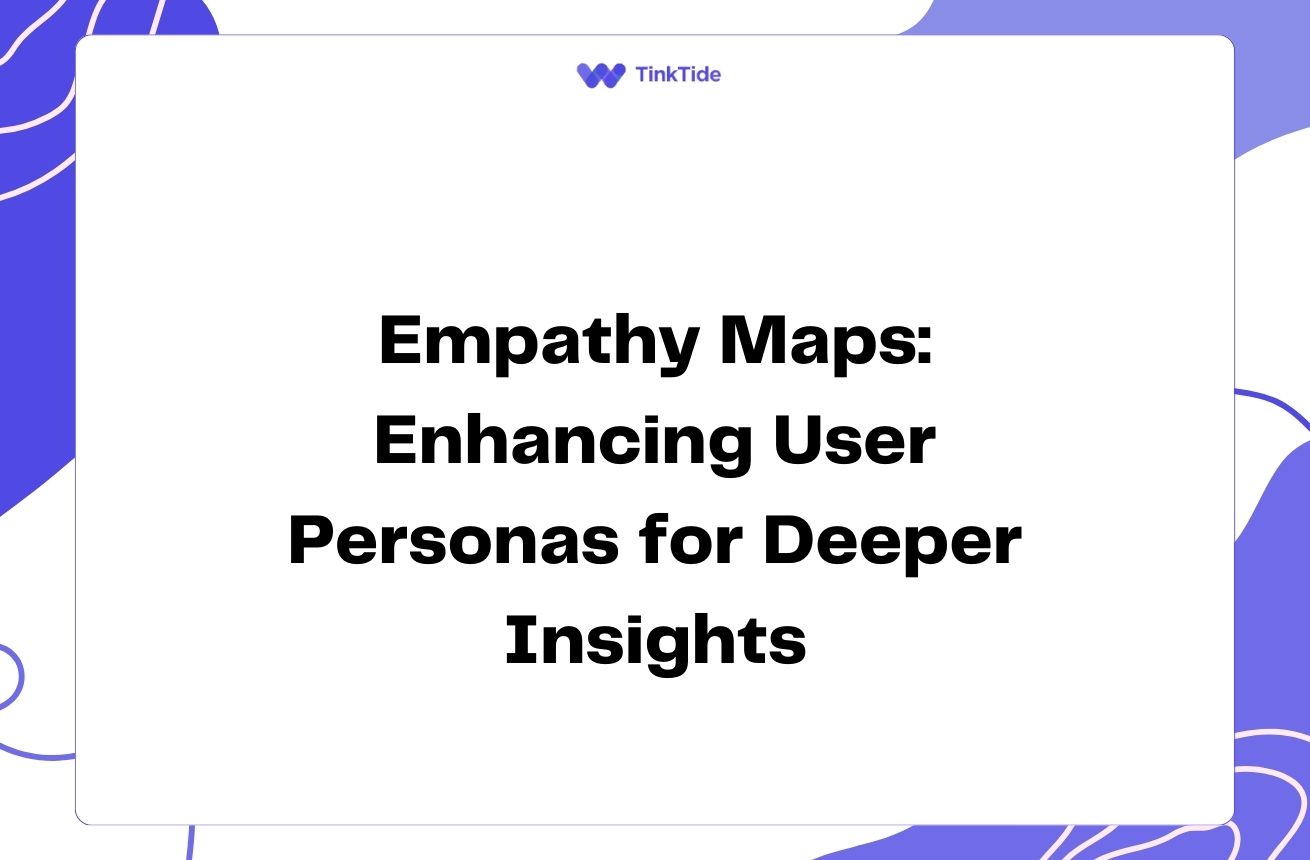Harnessing Technology for Innovative Idea Generation
The Digital Revolution in Ideation
In today's fast-paced world, technology has become an indispensable ally in the quest for innovative ideas. From AI-powered brainstorming tools to virtual reality simulations, the digital landscape offers a wealth of resources to spark creativity and refine concepts.
The integration of technology in idea generation has transformed the way we think, collaborate, and innovate. By leveraging digital tools, individuals and teams can break through creative blocks, explore new perspectives, and rapidly prototype their ideas.
As we delve into the world of tech-assisted ideation, we'll explore how various technologies can enhance your creative process and help you develop groundbreaking ideas more efficiently than ever before.
AI-Powered Brainstorming: Your Digital Muse
Artificial Intelligence (AI) has emerged as a powerful catalyst for idea generation. AI-powered tools can analyze vast amounts of data, identify patterns, and suggest novel combinations that might elude human cognition.
Platforms like IBM Watson and OpenAI offer sophisticated AI models that can engage in creative dialogue, helping you explore ideas from multiple angles and generate unexpected insights.
These AI assistants can act as virtual brainstorming partners, challenging your assumptions and proposing unconventional solutions. By integrating AI into your ideation process, you can expand your creative horizons and uncover innovative concepts that might otherwise remain hidden.
Virtual and Augmented Reality: Visualizing Ideas in 3D
Virtual Reality (VR) and Augmented Reality (AR) technologies are revolutionizing the way we conceptualize and develop ideas. These immersive platforms allow you to visualize concepts in three-dimensional space, providing a more intuitive understanding of complex ideas.
Tools like Autodesk Fusion 360 enable designers to create and manipulate 3D models in real-time, facilitating rapid prototyping and iteration. Similarly, AR apps like Microsoft HoloLens can overlay digital information onto the physical world, helping you contextualize your ideas within real environments.
By leveraging VR and AR, you can bring your ideas to life, identify potential issues early in the development process, and communicate your vision more effectively to stakeholders.
Digital Mind Mapping: Organizing Thoughts Visually
Digital mind mapping tools have transformed the way we organize and connect ideas. These visual thinking aids allow you to create dynamic, interconnected diagrams that represent the relationships between different concepts.
Popular platforms like MindMeister and XMind offer intuitive interfaces for creating elaborate mind maps. These tools support real-time collaboration, enabling team members to contribute ideas simultaneously and build upon each other's thoughts.
By using digital mind mapping, you can capture fleeting thoughts, identify patterns, and discover new connections between seemingly unrelated ideas. This visual approach to ideation can lead to more comprehensive and innovative solutions.
Collaborative Platforms: Harnessing Collective Creativity
The power of collective intelligence is amplified through digital collaboration platforms. These tools break down geographical barriers and enable diverse teams to work together seamlessly on idea generation and development.
Platforms like Miro and Mural provide virtual whiteboards where teams can brainstorm, sketch, and organize ideas in real-time. These collaborative spaces foster a sense of shared ownership and encourage the cross-pollination of ideas across different disciplines.
By leveraging these digital collaboration tools, you can tap into the diverse perspectives of your team, leading to more robust and innovative ideas that benefit from collective expertise and creativity.
Data Analytics: Informing Idea Generation with Insights
Data analytics tools play a crucial role in idea generation by providing valuable insights that can inform and inspire new concepts. By analyzing trends, user behavior, and market data, you can identify opportunities for innovation and refine your ideas based on empirical evidence.
Platforms like Tableau and Power BI allow you to visualize complex data sets, uncovering patterns and correlations that might spark new ideas. These insights can help you validate assumptions, identify unmet needs, and tailor your ideas to specific market demands.
Incorporating data analytics into your ideation process ensures that your creative concepts are grounded in real-world insights, increasing their potential for success and impact.
Implementing Tech-Assisted Ideation: A Step-by-Step Approach
To effectively harness technology for idea generation and development, follow these steps:
- Step 1: Assess your ideation needs and choose appropriate digital tools
- Step 2: Familiarize yourself and your team with the selected platforms
- Step 3: Establish a structured process for using technology in brainstorming sessions
- Step 4: Encourage experimentation with different tools to find what works best
- Step 5: Regularly evaluate and refine your tech-assisted ideation process
Overcoming Challenges in Tech-Assisted Ideation
While technology offers numerous benefits for idea generation, it's important to be aware of potential challenges. Over-reliance on digital tools can sometimes stifle organic creativity or lead to information overload.
To mitigate these risks, maintain a balance between digital and traditional ideation methods. Encourage periods of offline reflection and hands-on experimentation to complement your tech-assisted processes.
Remember that technology should enhance, not replace, human creativity. Use digital tools as a means to amplify your team's innovative potential, rather than as a substitute for genuine creative thinking.
Address common questions
Here are some frequently asked questions about using technology for idea generation:
Can AI replace human creativity in idea generation?
While AI can enhance and support the creative process, it cannot fully replace human creativity. AI tools are best used as collaborators that augment human imagination and provide new perspectives.
How can small teams or individuals benefit from tech-assisted ideation?
Many digital ideation tools offer free or low-cost options suitable for small teams or individuals. These tools can level the playing field, providing access to sophisticated ideation techniques previously available only to large organizations.
Is there a risk of idea theft when using online collaboration platforms?
While online platforms do carry some security risks, most reputable collaboration tools have robust security measures in place. Always review the privacy settings and data protection policies of any platform you use for sensitive ideation sessions.
How can we ensure that technology doesn't overwhelm the creative process?
Set clear guidelines for technology use in your ideation sessions. Designate specific times for digital and non-digital activities, and encourage team members to step away from screens periodically to maintain a fresh perspective.
What skills are needed to effectively use tech-assisted ideation tools?
Basic digital literacy is usually sufficient for most ideation tools. However, fostering a mindset of curiosity and willingness to experiment with new technologies is crucial for getting the most out of these platforms.
Provide additional resources
IDEO U: Designing for Innovation
Online courses on design thinking and innovation processes
MIT OpenCourseWare: Creativity and Innovation
Free course materials on developing breakthrough ideas
Stanford d.school: Virtual Crash Course in Design Thinking
Interactive online workshop on design thinking principles
Harvard Business Review: The Innovator's DNA
Article on the five skills of disruptive innovators
TED Talks: Ideas Worth Spreading
Curated talks on innovation and creativity
Embracing the Future of Ideation
As we've explored, technology offers a wealth of opportunities to enhance and accelerate the idea generation process. From AI-powered brainstorming to immersive VR experiences, these tools can unlock new realms of creativity and innovation.
By integrating these technologies into your ideation workflow, you can tap into collective intelligence, visualize complex concepts, and ground your ideas in data-driven insights. The key is to approach these tools as enablers of human creativity, not replacements for it.
As you embark on your tech-assisted ideation journey, remember to stay curious, experiment with different approaches, and always keep the human element at the core of your creative process. The future of innovation lies in the harmonious blend of human ingenuity and technological prowess.
Supercharge Your Ideation Process
Ready to revolutionize your approach to idea generation? Start your journey with our cutting-edge ideation platform.
Start Your Free Trial

